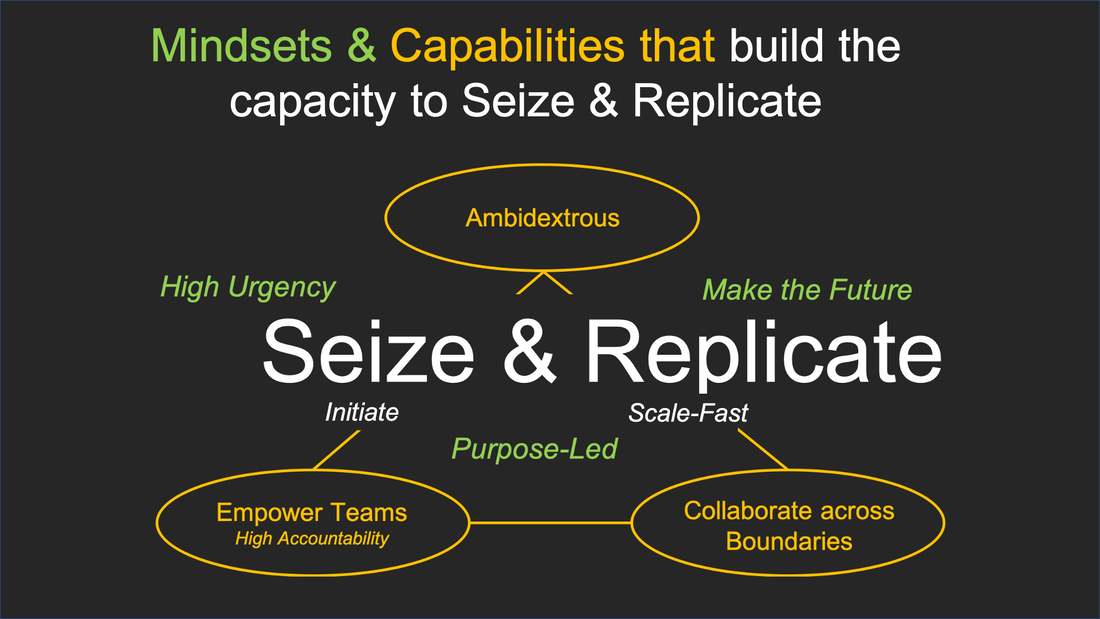INNVO8ORS CONNECT SERIES FEATURE SESSIONBuilding Dynamic Capacity - To Thrive in the 4th Industrial Revolution |
Copyright 2024 by Corporate Rebirth Partners Pte Ltd. No part of this website may be reproduced, stored in a retrieval system, or transmitted in any form or by any means electronic, mechanical, print, recording, or otherwise without the permission of Corporate Rebirth Partners Pte Ltd. Content of this website provides an outline of a presentation and is incomplete without the accompanying oral commentary and discussion. Content of this website provided by Corporate Rebirth Partners Pte Ltd for the accuracy of the content presented herein and no liability is accepted for any interpretation. All Right Reserved

